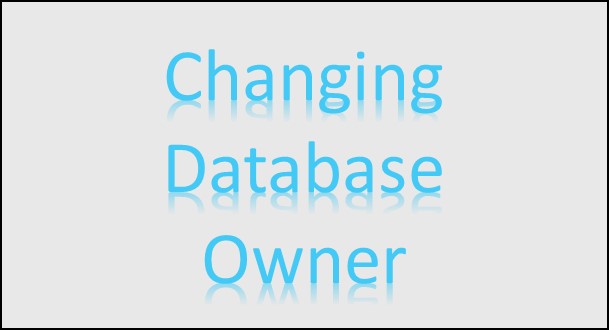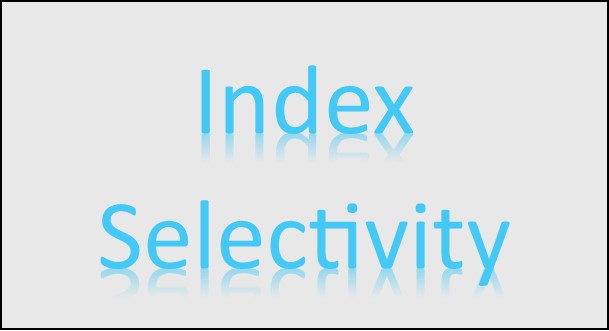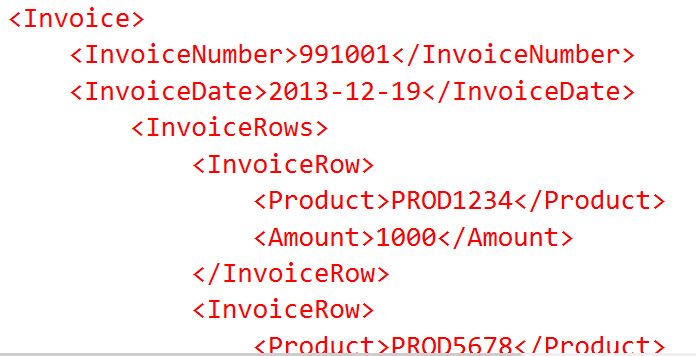Changing the database owner
When a database is created, the logged in user is set as the database owner as default. Often, this user account is a physical person and he or she may get more permissions in the database than intended. Normally, a system account should be used as database owner. For instance sa.
Note that when you change the database owner the old account may get less permissions than before, not being the owner (who can do anything) anymore. So check how and where the old account is used before changing.





